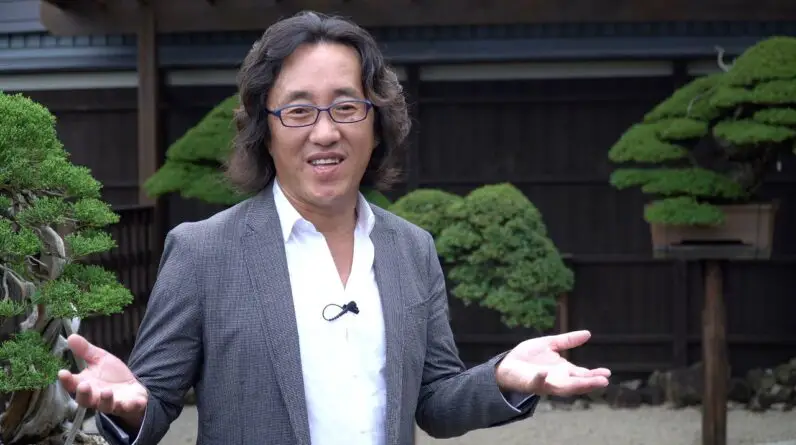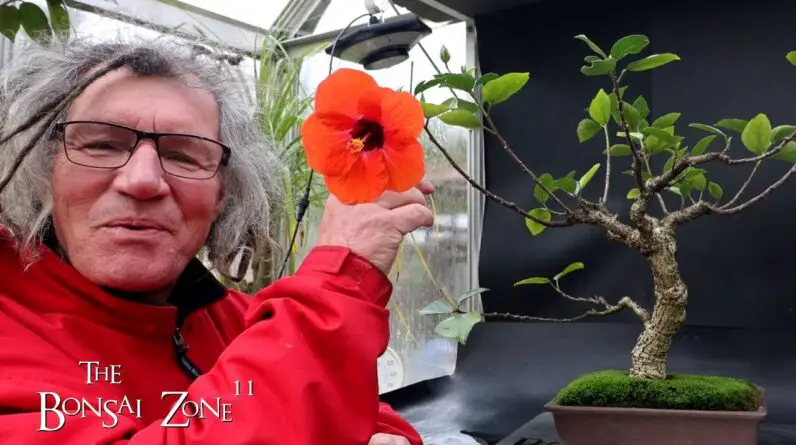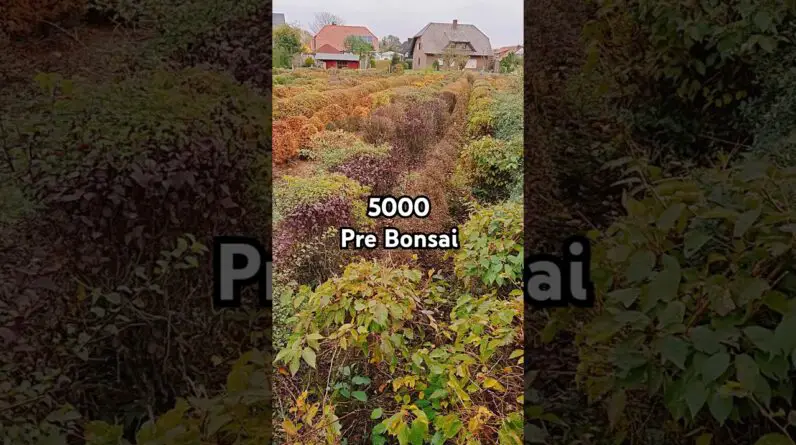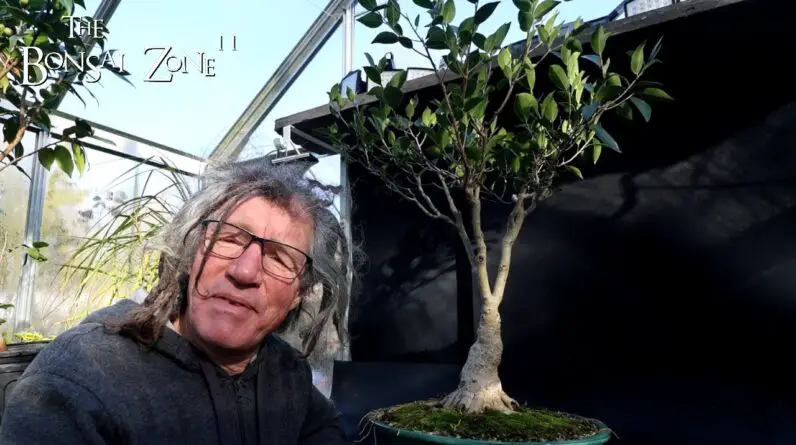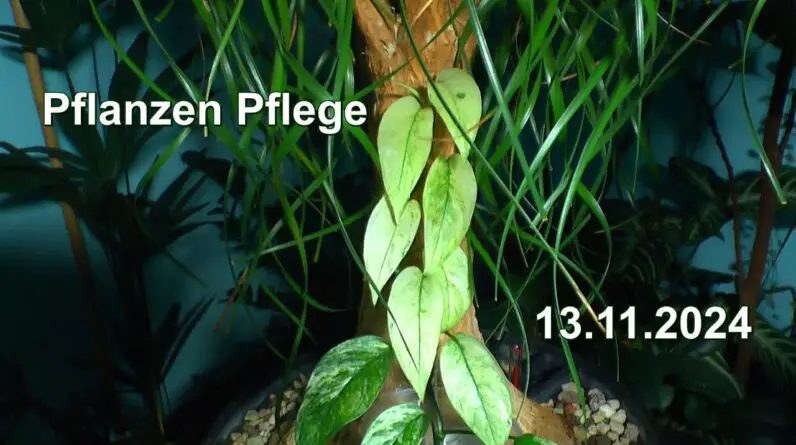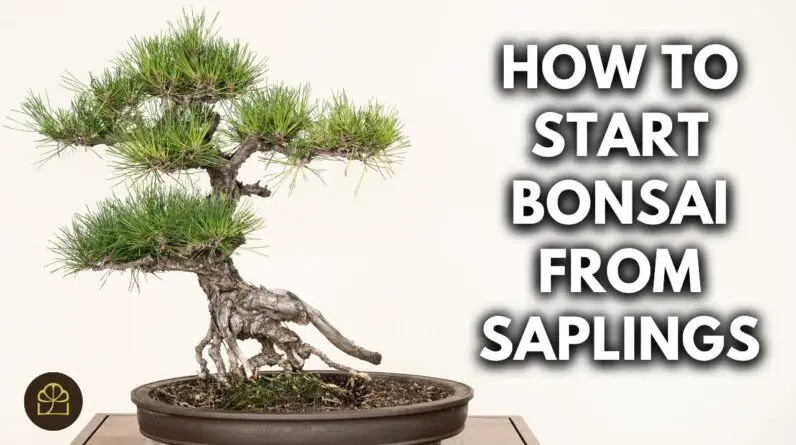Exploring the Role of Negative Space in Bonsai Gardening
Introduction
Hey there, bonsai enthusiasts! Today, we want to delve into the captivating world of bonsai gardening and shed light on the concept of negative space, or as the Japanese call it, “ma.” So, buckle up as we take you on a journey through the art and philosophy behind incorporating ma into bonsai design.
Understanding Ma in Japanese Aesthetics
First things first, let’s wrap our heads around this intriguing concept of “ma.” In Japanese aesthetics, ma refers to the profound appreciation of space, void, and silence. It’s not just about what’s present but also about what’s noticeably absent. It’s the pause between musical notes or the space between architectural elements that gives rise to a deeper, more profound beauty.
The Intricate Dance of Bonsai and Ma
Now, how does ma come into play in the world of bonsai gardening? Well, imagine a meticulously pruned bonsai tree displayed on a minimalist stand amidst a sea of serene gravel. The sparse surroundings not only accentuate the bonsai’s beauty but also create a sense of harmony and balance, thanks to the presence of ma.
Embracing Negative Space in Bonsai Design
-
Enhancing Tree-Environment Relationship: Bonsai artists leverage ma to highlight the intricate relationship between the tree and its environment. By strategically incorporating empty spaces around the bonsai, they draw attention to the tree’s elegance and grace.
-
Creating Visual Interest: Negative space isn’t just about emptiness; it serves as a powerful tool to create visual interest and evoke emotions. The judicious use of ma in bonsai design can evoke a sense of calmness, simplicity, and contemplation.
-
Symbolism and Meaning: In bonsai gardening, ma isn’t just a design element; it’s a philosophy that embodies the essence of minimalism and mindfulness. The deliberate choice to leave space empty symbolizes a respect for nature’s inherent beauty and impermanence.
Conclusion
As we wrap up our exploration of negative space in bonsai gardening, we hope you’ve gained a deeper appreciation for the role of ma in shaping the art of bonsai design. So, the next time you gaze at a majestic bonsai tree, remember to pay homage to the invisible yet profound presence of ma that elevates its beauty to new heights.
So, what are your thoughts on incorporating ma into bonsai design? Ready to embrace the beauty of negative space in your own gardening endeavors?


